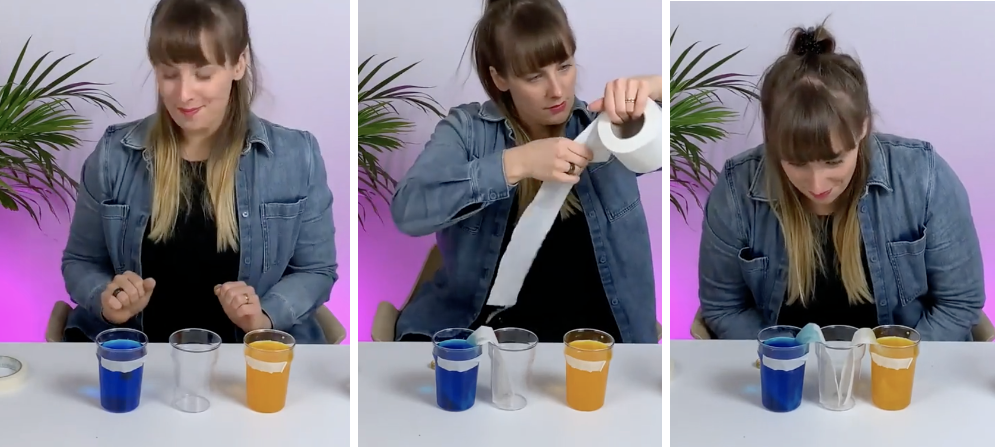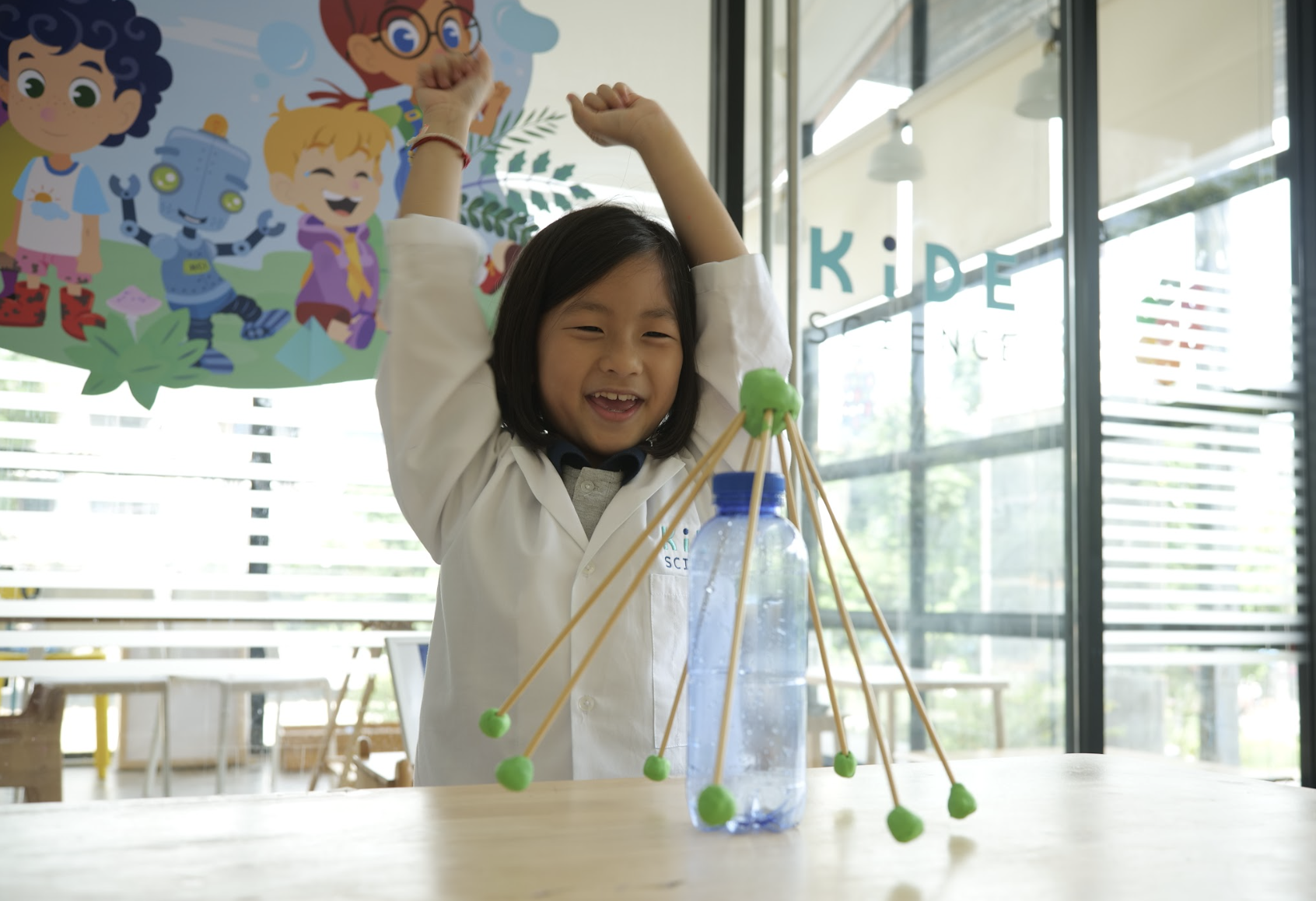It’s World Science Day by the United Nations!
The annually celebrated day highlights the significant role of science in society and the need to engage the wider public in debates on emerging scientific issues. It also underlines the importance and relevance of science in our daily lives.
We here at Kide Science couldn’t agree more with the importance of the theme of this year’s United Nations World Science Day: Building trust in science. But if we start building trust in science only as adults, dare we ask, are we going to be too late?
We pride ourselves in giving young children the opportunity to engage with science hands-on; to help them understand how science is not something that can only be experienced behind locked doors in laboratories and universities, but that science is for everyone! We believe this is a huge step forward in building a lifelong trust in science.
It’s difficult to care about and protect something we don’t understand. Science can help us make sense of the wonderful and sometimes complex world around us and help us take good care of it.
Let’s celebrate World Science Day together by doing a fun science experiment with children: where they become the scientists.
Allow the children to do as much as they possibly can and assist only where needed.
1. Put blue and yellow water into two cups, leaving an empty cup in the middle (you can use other colors too).
2. Place 2 long strips of toilet paper into the cups so they reach the bottom of the middle cup, and also reach well below the surface of the colorful waters.
3. Observe! What happens to the level of water in each cup, how about the color?

To see the full version of this activity, inc. a video, scientific explanation, and an engaging story, click here: https://teachers.kidescience.com/en/lesson/glittering-cave-03

